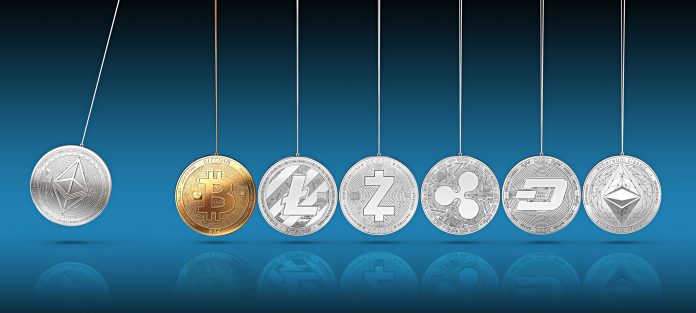Cryptocurrencies like bitcoin and Ethereum face specific problems such as governance, high scalability, interoperability, and sustainability. Cardano (ADA) was created by CEO, Charles Hoskinson, with the intention of dealing with these problems.
Cardano blockchain was launched in September 2017, after over two years of development and the ADA token was made available for trading.
Recently Cardano has received plenty of headlines, mainly since its meeting with Google to discuss questions related to cryptocurrencies. In the crypto market, ADA price has already edged out some popular virtual coins.
What makes Cardano different?
- Scientific approach
One notable difference is that Cardano has followed a research-first approach. Implementation is following several peer reviews of its whitepapers by top mathematicians and researchers.
- Regulatory compliance and scalability
Secondly, it focuses on regulatory compliance, scalability and cross-chain integration. Collaborating with other cryptos without needing third parties will reduce charges, permit faster cross-border transactions and remove some of the third-party risks. It wants to find a good middle ground for commerce and regulators to interact without compromising core principles.
- Can be updated more efficiently than other cryptocurrencies
Cryptocurrencies often need to be updated through ‘forks.’ This is like a fork in the road with one path being the current version and the other being the updated software. With a significant update, a ‘hard fork’ is often used which makes the outdated version and new version incompatible. Cardano’s platform is constructed in layers (accounting and computation) which gives it flexibility. It can use ‘soft forks’ with backward compatible updates that users can decide to use or not. Its goal is to be able to evolve and update quickly.
- Proof-of-stake system
Ethereum and bitcoin use a proof-of-work mining system. This system is reliable and simple, but it also consumes a lot of energy and transactions can be slow and expensive. Cardano’s developers have created a proof-of-stake mining algorithm. The Ouroboros protocol works by making miners present tokens they own as proof, making them eligible to be elected as designated miners.
- For a blockchain to be commercially viable, it needs to be able to handle millions of transactions per second and Cardano is hoping to solve this problem organically.
- It is secure and offers users more incentive to hold large amounts of ADA.
- Cardano aims to provide low transaction fees, even for complicated smart contracts.
ADA Price
Reports indicate that Japanese investors purchased about 95% of ADA coins during its Initial Coin Offering (ICO). The company plans to manufacture and place ATM’s across Japan. This expansion is another step forward for this token.
- Current Price
The current ADA price is around US$0.133, and it has reached the top 8th crypto position. (It fell in the recent cryptocurrency correction but is expected to rise quickly again).
- First-year forecast
The forecast for the first year is US$2.5.
- Five-year mark
The prediction for the five-year mark is at US$10. With this long-term prediction, many people will be attracted to invest now.
The market cap can go up to US$40-billion by December 2018.
Is Cardano the next generation cryptocurrency?
Bitcoin has smart contract add-ons planned, and Ethereum intends to introduce a proof-of-stake mining system. The initial launch of Cardano doesn’t offer smart contracts and many other features on the roadmap. It’s early days yet, and there is no guarantee they will reach their goals.
With dominant existing coins adding new functionality and many brand-new ones, it’s difficult to predict what may happen. Are Cardano’s functions too broad to see a rapid uptake in comparison with newly emerging cryptocurrencies designed for highly specific applications?
Cardano indeed offers multiple functionalities to users and deals with issues faced by other crypto assets at present. For a blockchain to be commercially viable, it needs to be able to handle millions of transactions per second and Cardano may be the solution to this problem.







